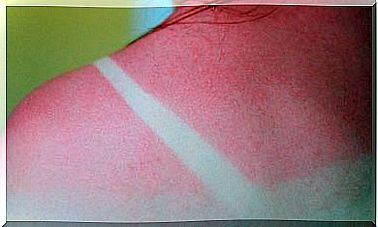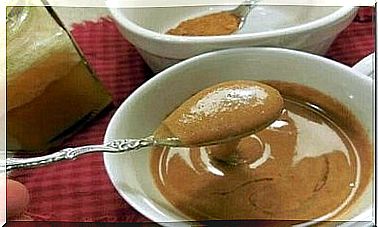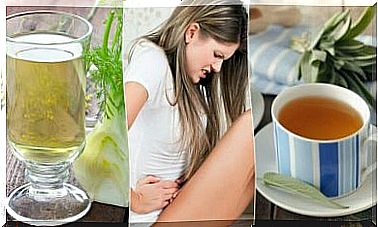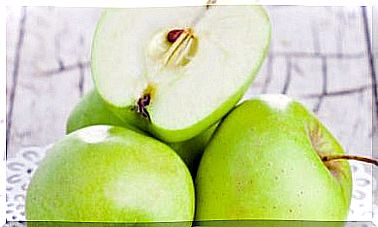Did You Know That Dish Sponges Are One Of The Biggest Sources Of Bacteria?
Have you ever stopped to think that some of the food scraps get trapped in the sponge used to wash the dishes every day?
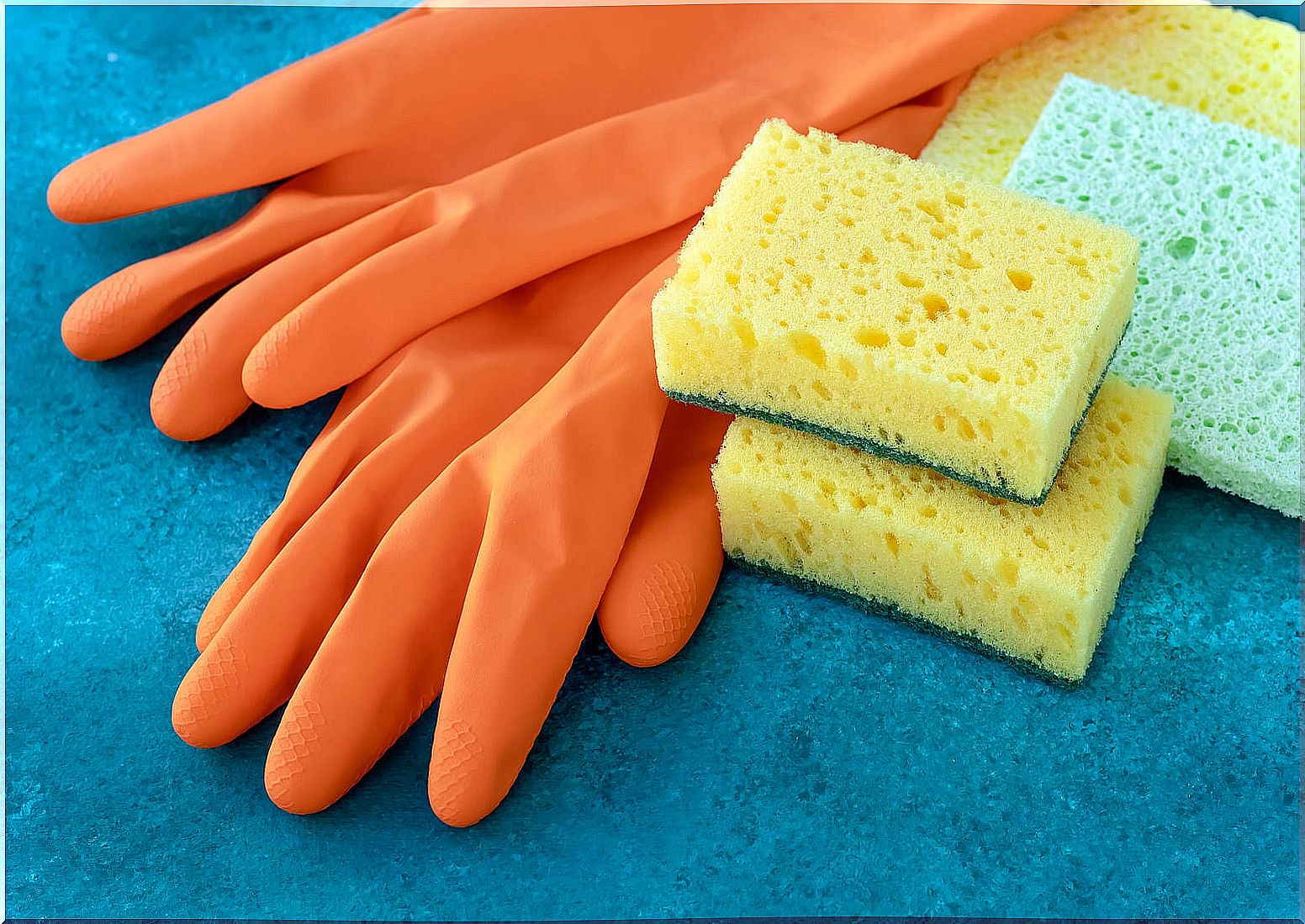
Scrubbing sponges are essential in any home, especially in the kitchen. With them, we clean both the appliances and the countertop or area in which we cook meals every day. However, this object that we normally associate with cleaning is also one where bacteria can lodge. In this article, we offer you some tips to use the kitchen sponge in the optimal way.
The function of this utensil is to remove the remains of food that remain on the plates and cutlery. Precisely for this reason, a part of these remains are trapped in the pores of the sponges. This fact, combined with the humidity, creates the favorable environment for the growth of bacteria.
Undoubtedly, the fact that the sponge remains wet, or in some cases completely wet until the next use, exponentially increases the risk to our health. Some bacteria, such as the Escherichia coli, the Staphylococcus aureus and Salmonella , could grow in the same sponge used for washing.
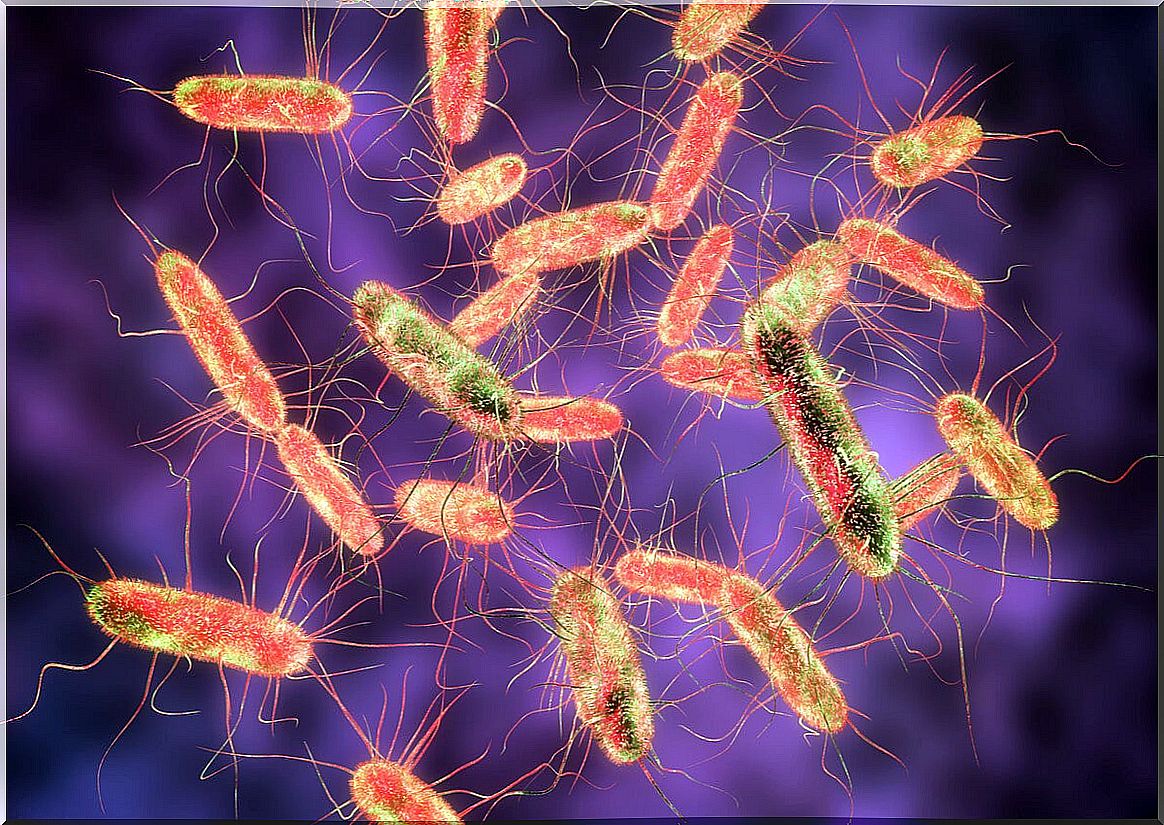
Therefore, it is important to consider cleaning, disinfecting or changing them regularly, beyond the disinfecting effect that the sponge has on itself due to the detergent used for scrubbing.
The kitchen sponge: the dirtiest utensil in the home
That’s what Dr. Philip Tierno, clinical professor of Microbiology and Pathology at New York University thinks. According to him, “the dirtiest thing in a house is a sponge for washing dishes, even more than a toilet seat or a garbage can.”
Its pores facilitate the elimination of waste, but also retain the microorganisms that we try to eliminate when we clean.
It is clear that food debris will accumulate if the scrub pad is not sanitized. Thus, for every 20 minutes it remains wet, a new bacteria could develop.
You might think that the dishwashing detergent that we add is enough to clean the sponge as well, since nothing could be further from the truth. Detergent cannot completely remove pathogens from the sponge. Many of them are housed inside their pores, where it is difficult for this product to arrive in sufficient quantity.
Disinfection is therefore the best way to avoid poisoning caused by a sponge contaminated with bacteria. It might seem paradoxical to have to wash a cleaning utensil. The truth is that it is essential, since it is the way in which we can ensure that cleaning is fulfilling its mission: eliminating microorganisms.
Scientists opine
Research conducted by the US Agricultural Research Service (ARS) in 2007 answers this question categorically. There, they ran various tests to determine the most effective way to kill the pathogens that accumulate on the sponges.
They were put to soak at room temperature in a solution containing minced meat. Its purpose was to favor the amount of microbes to carry out the analysis later. Later,
- They dipped the same sponge for 3 minutes in a 10% bleach solution.
- Then in lemon juice for 1 minute.
- It was also microwaved for 1 minute.
- Finally, it was washed in a dishwasher with a drying cycle.
In correspondence with this, the results showed that:
- The bleach and lemon juice had reduced bacteria from 37% to 87%
- Heating it in the microwave killed up to 99.9% of microorganisms
- Washing it in the dishwasher had a similar result
Thus, the study concluded that the most effective way to remove bacteria and mold from this utensil is by heating it in a microwave. Also, wash it in the dishwasher with a drying cycle.
How to remove bacteria from scouring sponges?
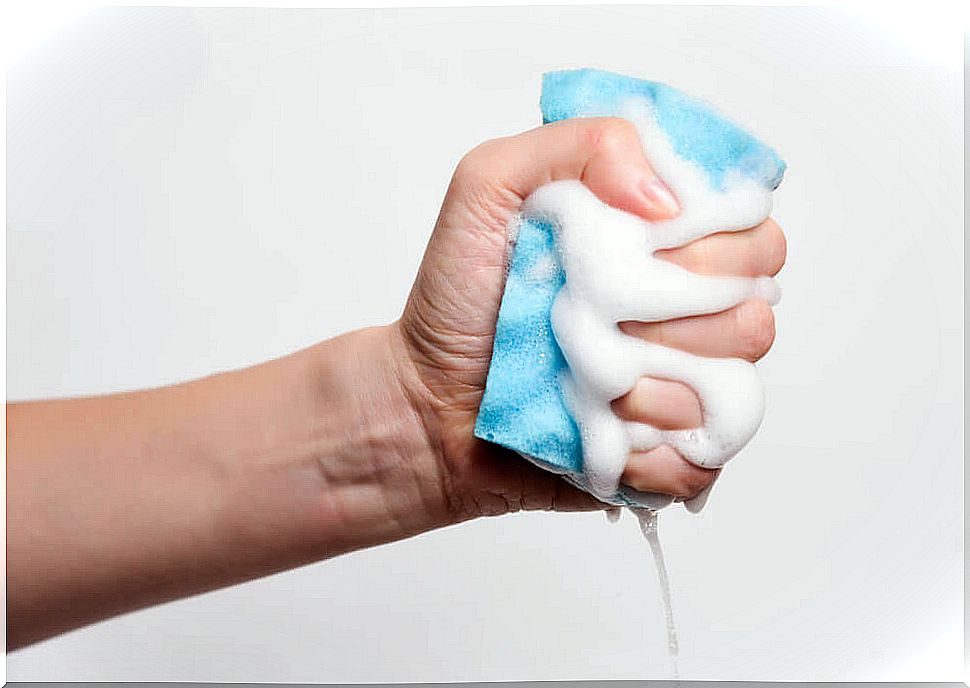
We explain how to disinfect the scrubbing sponge in the microwave. First, it must be rinsed with clean water. Then, put it to heat for a couple of minutes at maximum temperature, also keep these tips in mind:
- Clean the sponge after each use.
- It adopts a rotation system with two sponges in order to always use one clean, while the other is washed.
- Check the utensil and try to remove any food that may remain after washing the dishes.
- After using the sponge, put it to dry to avoid humidity and the consequent growth of bacteria.
- If there is animal fat on the surface of the dishes or utensils, the ideal would be to clean them previously with a brush. This will prevent debris from remaining between the pores of the sponge.
Have you ever stopped to think that some of the food remains are trapped in the sponge used to wash the dishes every day? This fact, combined with humidity, creates a favorable environment for the growth of bacteria potentially harmful to you and your family. Hence, it is so necessary to disinfect that utensil that is used daily.
